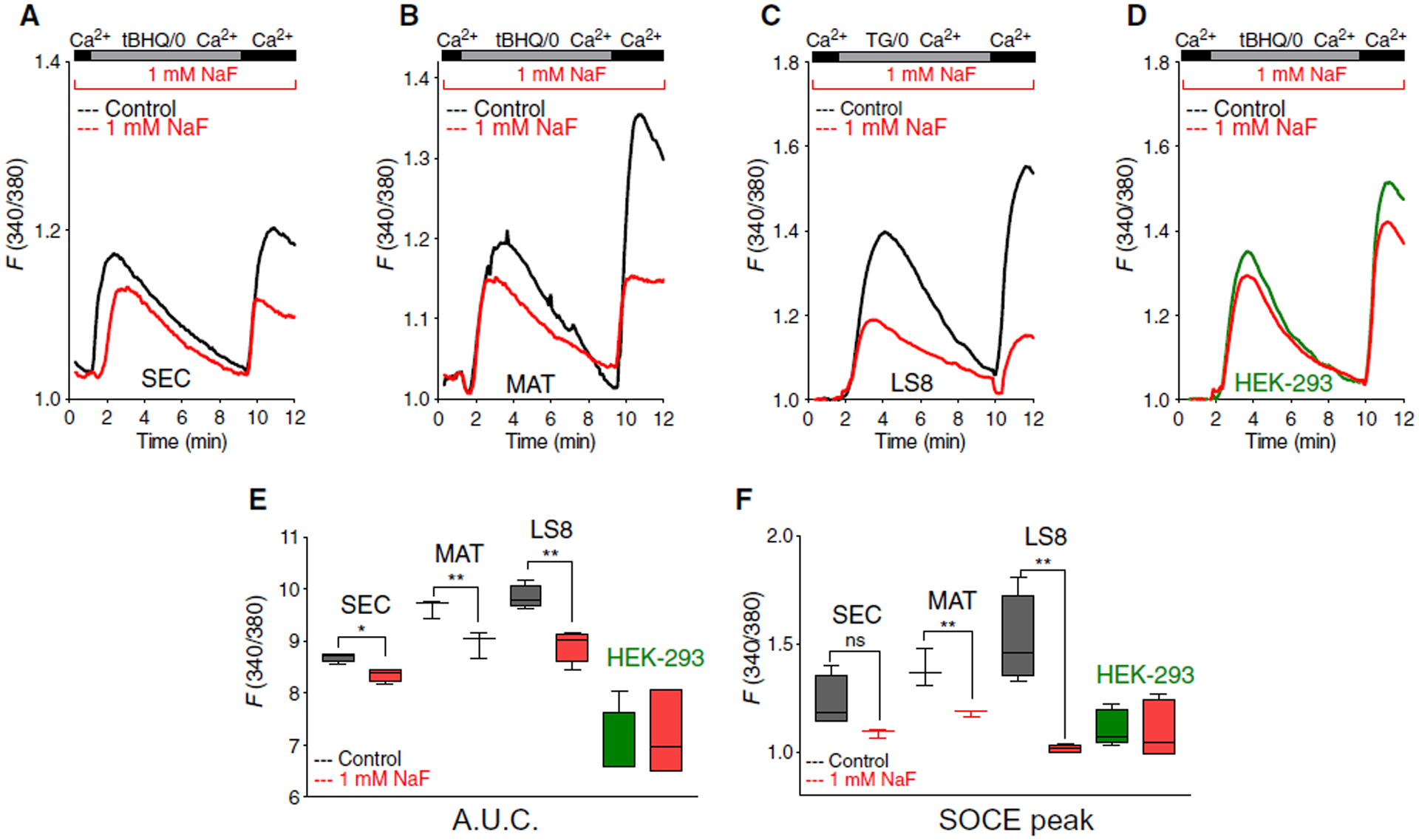Fig. 1. Fluoride leads to loss Ca2+ in internal stores only in enamel cells.

(A to C) Ca2+ levels in internal stores and SOCE upon re-addition of external Ca2+ in isolated primary enamel organ (EO) cells from secretory (SEC) (A) and maturation (MAT) (B) stages and LS8 cells (C) incubated with NaF (1 mM) for 24 hours and treated with the SERCA inhibitor thapsigargin (TG) or tBHQ. (D) Ca2+ levels in internal stores and SOCE upon re-addition of external Ca2+ in fluoride-treated HEK-293 incubated with NaF (1 mM) for 24 hours and treated with the SERCA inhibitor tBHQ. (E and F) Quantification of area under the curve (A.U.C.) (E) (between 2 and 9 min) and peak of SOCE (F) from (A) to (D). Data in (A) and (B) represent the mean ± SEM of three independent experiments analyzed using unpaired Student’s t test (*P < 0.01 and **P < 0.001). EO cells were obtained from six rats. Data in (C) and (D) represent the mean ± SEM of four to six independent experiments using unpaired Student’s t test (**P < 0.001); ns, nonsignificant.
